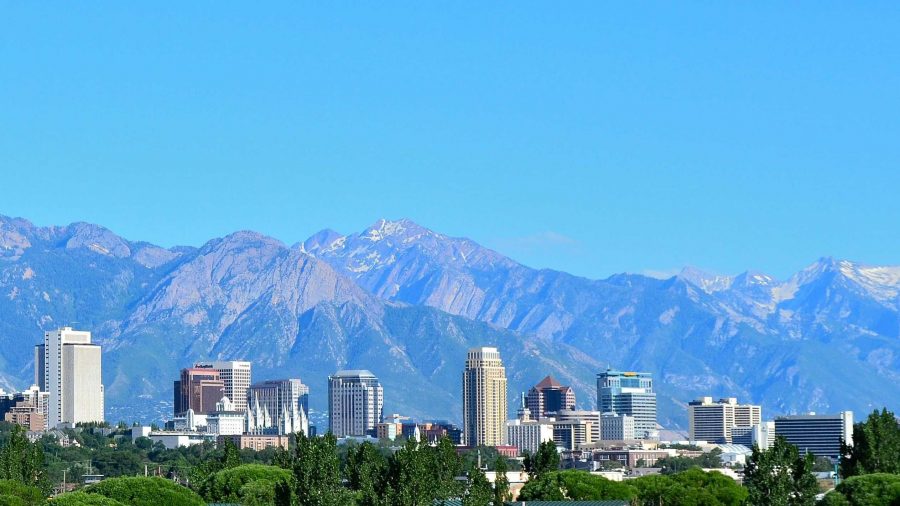Burton: COVID-19 Is a Threat to Housing Affordability. Utah Developers and Communities Need to Do More
August 21, 2020
Living in America is not cheap. While steadily rising costs of living and inflation are positive indicators that an economy is growing, they do cause problems when earnings can’t catch up with required spending like energy bills or food. Rising housing costs, unfortunately, are making it difficult to close that gap. More and more Americans are being cost-burdened, meaning they spend at least 30% of their income on housing. Utah is not a stranger to this trend either, with 44.3% of Utahns cost-burdened. The pandemic has only exacerbated this long running issue as more and more homeowners and renters are unable to make payments due to job layoffs or furloughs. It’s difficult to unpack the various factors in the now-famous affordable housing crisis, and governments, developers and communities have struggled to keep housing prices manageable. However, they also have conflicting interests that put strains on housing development and purchasing. Utah needs to be better about planning neighborhoods in ways that facilitate affordable housing.
Housing is expensive right now because there is low supply and high demand. To take an extreme example: Hong Kong is infamous for being one of the most expensive cities, sitting in at a pricey average rent of $1,547 per square foot. Demand in the city is high due to its position as a major financial player in Asia, but supply is low because of the city’s remarkably high density. Though nowhere close to the same extent, Utah is facing similar trends as Hong Kong. Utah’s economy is attracting migration into the state, but it’s clustered along the Wasatch Front since many tech companies are located there. As more and more people move to the Wasatch Front, there will be fewer and fewer available places to build.
There is already a housing shortage in Utah, meaning governments and developers need to be smart with how land is used in order to drive down prices. However, community interests can get in the way.
Housing shortages aren’t always because of limited land — they can also come from a mentality known as “NIMBY,” an acronym for “Not In My Backyard.” Those who subscribe to NIMBYism are in favor of stricter land regulations and less development for fear that they contribute to lower quality of life and housing prices. A 2019 letter to the editor in the Salt Lake Tribune echoes those sentiments, writing that many Utahns are not in favor of more development along the Wasatch Front. Yet demand is focused there at the same time.
Faced with shortages both physical and artificial, there will have to be smart coordination on behalf of the parties of Wasatch Front neighborhoods. Utah governments and communities can look to several solutions. Some include having more inclusive neighborhood planning (as is, planning meetings often attract staunch NIMBY-ites) or having a portion of tax revenue from development return to residents’ pockets. Other proposals, such as shifting land use regulations away from the local level, are possible, but may not be popular in Utah.
In addition to the problems that come from backlash against more development, there are disagreements about the best ways to approach low-income housing and low-income earners. One strategy is for governments to issue more housing subsidies. Section 8 vouchers, for example, help low-income earners pay their rent and are demonstrably effective, but Section 8 voucher programs do not receive adequate funding. On the other hand, Utah governments and building owners could do more to address the lack of affordable housing directly. In Utah’s 2020 legislative session, SB39 created a $10 million dollars for low-income assistance and development — but this funding is relatively meager. Finally, affluent communities can play a role in addressing housing affordability by overcoming their unwillingness to have low-income housing built near their neighborhoods.
Utah’s Moderate-Income Housing Plan and HB259 (passed in 2018) already require local governments to have a general plan for more affordable housing, and they show promise. But the state’s efforts will have to expand and be more vigilant moving forward, as the coronavirus pandemic will only make the affordable housing issue even more severe.
Living in a home is becoming more and more expensive — but no less of a necessity. Utah governments, developers and communities need to coordinate and communicate in order to combat this issue and make affordable housing available to Utahns in every income bracket.








